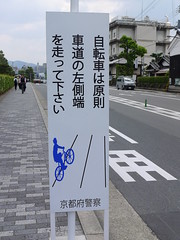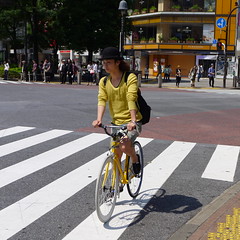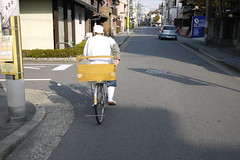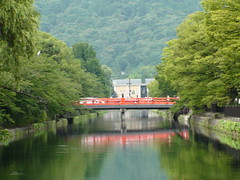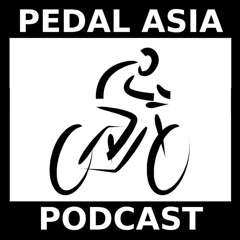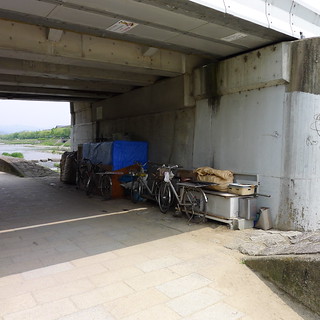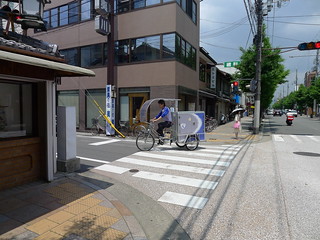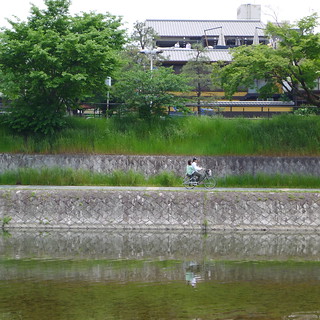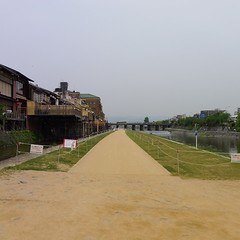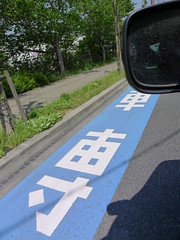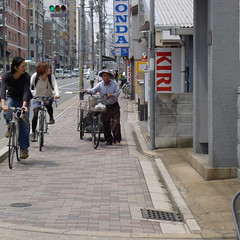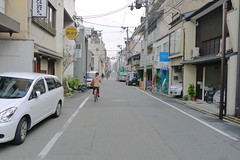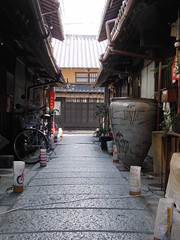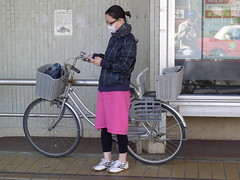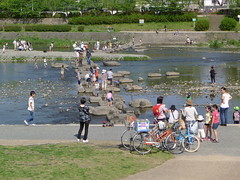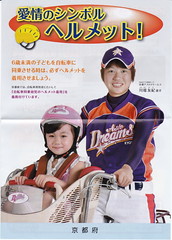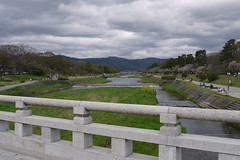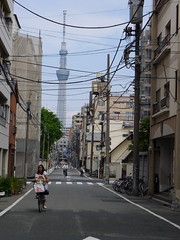
自転車で東京スカイツリ
Tokyo Skytree is the tallest structure in Japan. It is 634 meters (2,080 feet) high and, for the time being, the tallest tower in the world.
It is also the second tallest structure in the world after Burj Khalifa (829.84 meters, or 2,723 feet) in Dubai.
Skytree is a broadcasting, restaurant, and observation tower located in the old downtown area of Tokyo, not far from the Sumida River.
The group of investors that planned and built the Tokyo Skytree includes Tobu Railways, NHK, and other broadcasters. (NHK and other television stations have been relentless in their coverage and promotion of the Skytree.)
Tokyo Skytree opened to the public on 22 May 2012 under rainy skies.
To get to the observation deck, reservations are required.
There are 4 ways to purchase tickets to
TOKYO SKYTREE Observation Deck.
1. "TOKYO SKYTREE Web tickets" may be purchased in advance online. Please be reminded that only credit cards issued in Japan are accepted for online reservations.
2. Tickets from May 22 to July 10 are by Advance Reservation Only. No day tickets will be sold during this period. Day tickets will go on sale from July 11.
3. "TOKYO SKYTREE Group Reservation Center" accepts reservations for groups of 25 or more.
4. Use the travel plans of various travel agencies or the accomodation plans offered by TOKYO SKYTREE Official hotels/TOKYO SKYTREE Friendship Hotels.
According to news reports, tickets have been reserved months in advance.
We took a cheaper and more leisurely approach: strolling through the streets of Ueno, there are many views of the tower.
© CycleKyoto.com
CycleKyoto Home Page
Tags
Japan
Touring
Kyoto
Cycle
Skytree
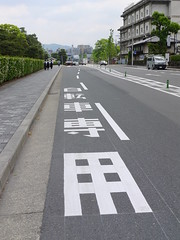 自転車専用レーン京都二条城
自転車専用レーン京都二条城